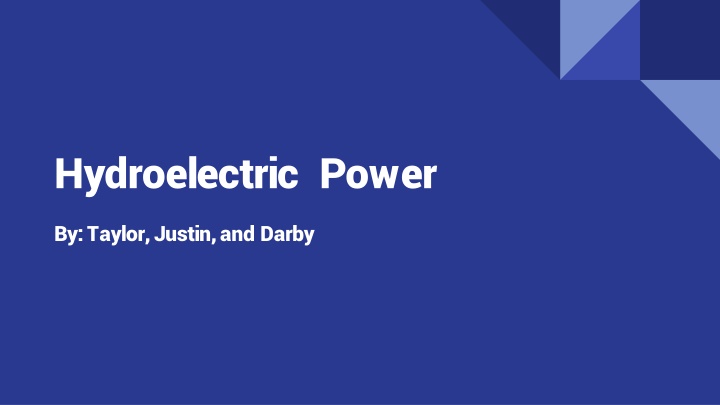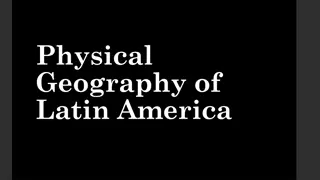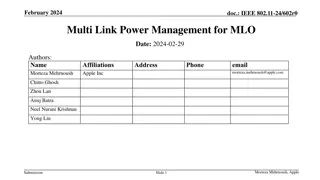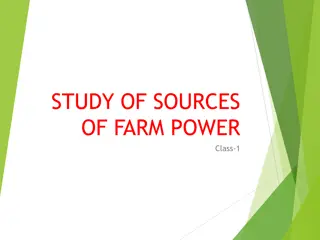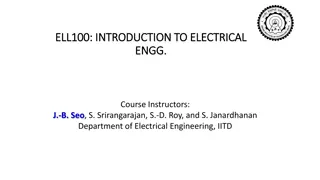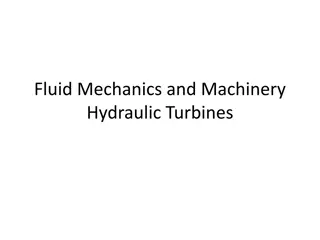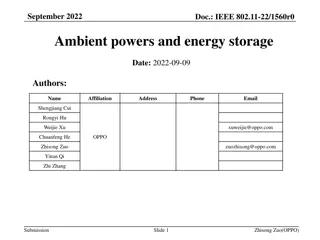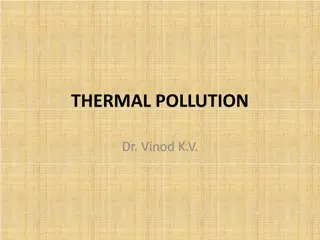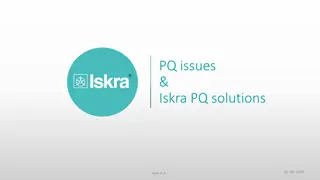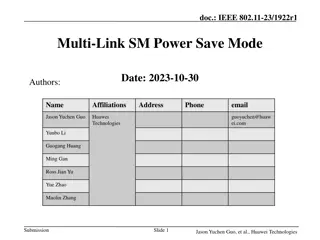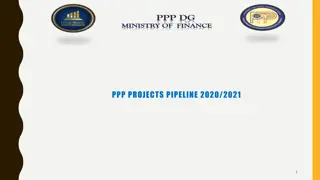Hydroelectric Power
Hydroelectric Power is a renewable energy source that involves capturing the energy of flowing water to generate electricity. This comprehensive guide by Taylor, Justin, and Darby delves into the principles, applications, and benefits of hydroelectric power. From explaining the mechanics behind hydroelectric dams to highlighting the environmental impact, this resource provides valuable insights for anyone interested in clean energy solutions. Dive into the world of hydroelectric power and discover how this sustainable technology is shaping our energy landscape.
Download Presentation

Please find below an Image/Link to download the presentation.
The content on the website is provided AS IS for your information and personal use only. It may not be sold, licensed, or shared on other websites without obtaining consent from the author.If you encounter any issues during the download, it is possible that the publisher has removed the file from their server.
You are allowed to download the files provided on this website for personal or commercial use, subject to the condition that they are used lawfully. All files are the property of their respective owners.
The content on the website is provided AS IS for your information and personal use only. It may not be sold, licensed, or shared on other websites without obtaining consent from the author.
E N D
Presentation Transcript
Hydroelectric Power By: Taylor, Justin, and Darby
What is hydroelectric power? Hydropower or hydroelectricity refers to the conversion of energy from flowing water into electricity.
Hydroelectric Power Advantages Disadvantages Affected by drought Expensive to build hydroelectric plants Affect the ecosystem of body of water Methane emitted to the atmosphere Lower water quality Provides clean renewable energy Can be used as long as the water cycle the continues Once started more affordable Dams act as flood control
Primary Source: Water
Method of Processing the Power
80-90% Sankey Diagram mg h
Why hydropower? Effective and efficient compared to other renewable sources Produce clean energy Continuous as long as there is a water cycle Expensive to build, but cheap to maintain Flood control Most of the disadvantages can be fixed
Important hwk info: P=pQgh Q= v/ t p=m/v Ep=mgh
